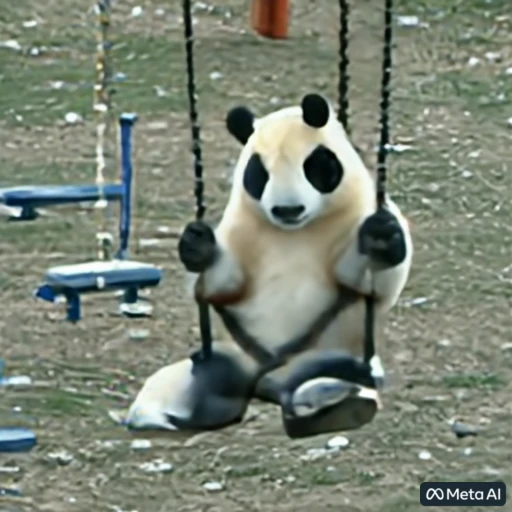AI image-generation and artwork has been one of the fastest, most interesting emerging technologies that have taken over the world lately. I discovered it through my daily dose of TikTok, where people post their creations of self-portrait artwork, animals in fancy suits, and astronauts taking selfies. I was shocked with the level of detail of these photos and how real they looked. I was even more shocked when I realized that a computer made these photos.
The company OpenAI founded by Elon Musk created an impressive software called Dall-E that is able to create custom images based on prompts inputted by the user. For example, a user could input “cat wearing a bikini dancing on the beach”, and it would create a custom image of a cat wearing a bikini dancing on the beach. Users can input almost anything and Dall-E will work to make it happen.

As for the science behind Dall-E, it uses technology similar to those used in voice recognition systems and more:
“DALL-E is what artificial intelligence researchers call a neural network, which is a mathematical system loosely modeled on the network of neurons in the brain. That is the same technology that recognizes the commands spoken into smartphones and identifies the presence of pedestrians as self-driving cars navigate city streets,” explained Cade Metz for the New York Times.
Dall-E, which was launched in April of 2022, kick-started an AI-artwork movement that led some of the world’s top tech companies to start their own projects in the sector. In September of last year, Meta (parent company of Facebook, Instagram, and Whatsapp) created Make-A-Video using the same concept as Dall-E, but used user’s prompts to create short AI-generated videos.

CEO of Meta, Mark Zuckerberg explained how Make-A-Video presents a whole new ball game to the AI-generation movement by using new complex technological processes:
“It’s much harder to generate video than photos because beyond correctly generating each pixel, the system also has to predict how they’ll change over time, Make-A-Video solves this by adding a layer of unsupervised learning that enables the system to understand motion in the physical world and apply it to traditional text-to-image generation,” said Zuckerberg on Facebook (pcmag.com).
One AI program that recently took social media users by storm is called Lensa, a mobile app that generates portraits based on photos users submit of their faces. Users can buy 50 custom portrait-art images of themselves for $3.99 and even more images for a variation of costs. The artwork is extremely detailed, realistic, and overall intriguing.

Users posted the results all over social media including TikTok and Facebook, leading Lensa to become one of the most popular artificial intelligence artwork softwares of 2022. It really represented how far artificial intelligence is coming along and is only just starting out with regular use within society.
Although the app is fun to play around with and post results on social media, some concerns have been voiced about how the app could produce sexualized images of women who decide to use it.
“Olivia Snow, a research fellow at UCLA’s center for critical internet inquiry and professional dominatrix, told CNN the app returned nude images in her likeness even when she submitted pictures of herself as a child, an experience she documented for WIRED,” reported Zoe Sottile for CNN.
Other concerns have risen within communities of color and body positive advocates dealing with how the application whitens their skin tones and makes their bodies thinner, leading users to be weary of the representation and biases within the app.
Like we discussed in class, there has lately been controversy surrounding the use of artificial intelligence and where to draw the line between what is considered “cool”, and what is considered “creepy”. It seems to be a danger to artists everywhere who rely on their creativity to get by, and with a computer being able to create anything it is prompted to do flawlessly within minutes, it takes away the hard work and originality and artists cannot compete with the low prices these programs are offering. Not only that, but intellectual property and other factors such as producing harmful content and misinformation have led people to push for more governance and rules regarding platforms such as Dall-E.
“Just because images are created by AI doesn’t mean it shouldn’t be governed by ethical principles or abide by national laws and regulations e.g. privacy laws, child protection laws, copyrights,” said Hubert Halopé, the World Economic Forum’s lead platform curator for AI and machine learning (weform.org).
Although we still have a long way to go with AI artwork and image and video generation programs, where we are now surely has impressed the masses by turning their random, creative thoughts into reality. As this type of technology progresses, I wonder how the government will respond and what new laws and regulations will be created in order to keep it under control.